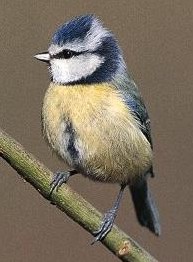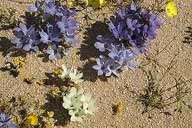 |
Glossary terms that are important in this lesson:
Age structure, allele,
bottleneck, cline, density, dispersion, ecotype, founder, gene flow, gene pool,
genetic drift, habitat,
ideal free distribution, inbreeding,
inbreeding depression, landscape concept, MHC, modeling,
mutation, outbreeding, patchiness, population growth rate,
self incompatibility,
stable age distribution, survivorship curve |
Individuals occupying the same habitat and sharing the same gene pool
make up a population. A population is dispersed in its environment, it
has a growth rate, it has an age structure and can be identified as an
ecological unit.
I. Population



 Copyright 1999
Northern Arizona University
Copyright 1999
Northern Arizona University